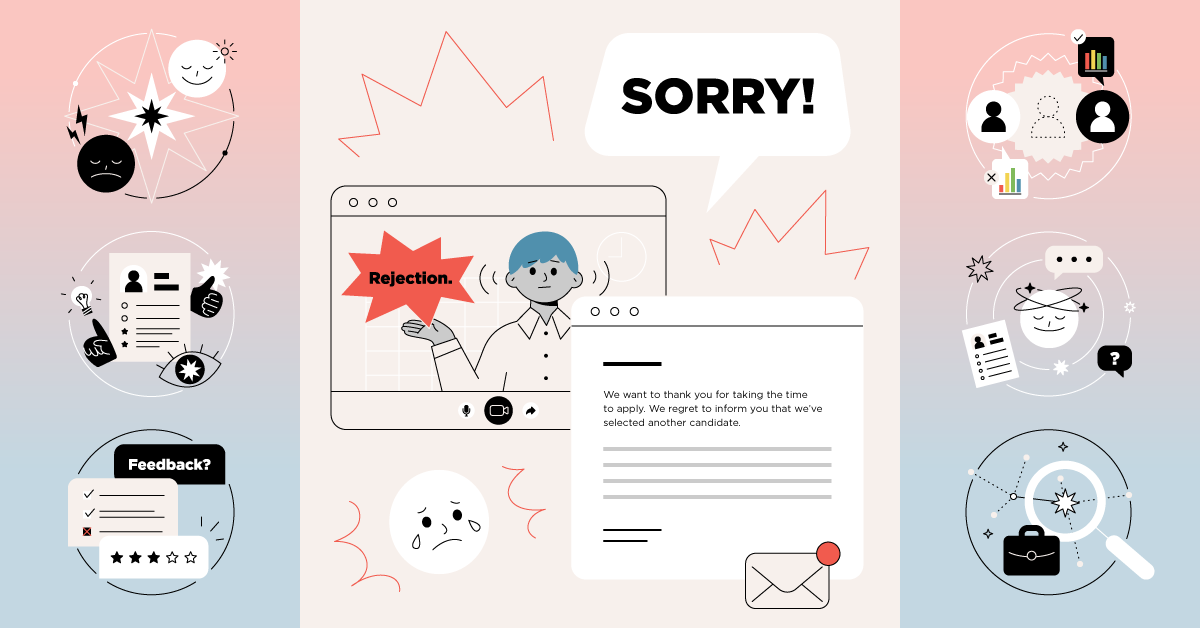 It seems that daily we are asked to take a survey of some sort. Often times, surveys will include some demographic information. Questions such as where you live, where you work, age, ethnicity and average household income are common demographics questions. Why do these questions get asked and what happens with the information after it is provided?
It seems that daily we are asked to take a survey of some sort. Often times, surveys will include some demographic information. Questions such as where you live, where you work, age, ethnicity and average household income are common demographics questions. Why do these questions get asked and what happens with the information after it is provided?
Let me be the first to say that I am often opposed to this kind of intrusion. As a writer, I’m paid for my opinions and when I get 3-5 emails per day asking for something from me, most times with nothing in return for my opinions or my time, I can become irritated. For me, it’s important to figure out where I’m actually making a difference or contributing in a meaningful way versus where I am just wasting my time. And, I need to make a personal decision on exactly what information I am willing to share, and with whom.
Why are demographics collected?
Demographics are collected for many different reasons, depending on who is collecting them. Often times they are meant for sales or marketing purposes. Similar to the Amazon.com model, if you purchased product “A” then you are likely to be interested in products “B, C and D.” This is a good example of collecting customer information for a future sales purpose. A slightly different twist is the marketing angle where it’s all about targeting a message to a specific group of people. Since the world is a big place, and an expensive one to market to, it’s all about trying to reach out to the most specific possible audience that matches the cause you are trying to satisfy. Targeting is also good for the consumer, since they receive messages that are pertinent and interesting to them.
Think about the breadth and depth of products in the world. While one company is selling a self-help book on how to build your spiritual strength, another is selling a hoppy craft beer. A third is selling a brand new cell phone perfect for photographers while the fourth is trying to market camping gear to extreme campers. Since, consumers interested in self-help books may not necessarily be interested in extreme camping or hoppy beers, businesses use consumer information to send their message to the right people at the right time and in the right place. Each of the above mentioned companies have specific niche markets so it makes sense to try to target their message to the people most likely to be interested in the product.
Types of demographics collected
The world of consumer information casts a wide net. People of all backgrounds, nationalities, races, abilities, age, gender and countless other categories come into play. For example, the company selling the hoppy craft beer may find much success sending a targeted email message to a 35 year old male at 2:00pm on a Friday. The email would showcase a place he can find this beer on special during happy hour at 5:00pm, right when he gets out of work. Marketing in this way would likely be successful because this is the primary demographic to which this product appeals. The same message sent to someone who doesn’t drink beer wouldn’t resonate at all, regardless of how, when and where it was sent. It’s about knowing your audience and knowing how to reach the most specific niche. But what’s important to realize is consumer information is not just collected for sales and marketing purposes. They are also vital pieces of information in the research world; perhaps the most vital resource researchers have.
Year of birth, employment status, ethnicity, veteran status, education, zip or postal code, industry, job description and disability information is a snapshot of demographic information collected by researchers. To some people, it may feel invasive to be asked this information from someone with which they don’t have a personal relationship. And from a sales and marketing perspective, answering these questions may potentially foreshadow unwanted future telemarketing calls or a flurry of customized advertisements on their computer screens. However, in the realm of research, it’s not about the individual and it’s not about selling; it’s all about aggregating the information as a whole to paint a picture and spot trends.
How researchers can help answer your important questions
Have you ever wondered: How do millennials compare to baby boomers? Or, how do outdoor sales personnel differ from indoor sales personnel? Are there really more “in your face” dominant personalities in New York than in Iowa? How do assessments differ for different job groupings? The list goes on and on. Every week, the TTI Success Insights staff are asked questions that require the ongoing collection of demographics to answer. To answer these questions we must understand our clients. TTISI is moving to the next level to help you better direct your efforts and be far more knowledgeable concerning your market context.
Besides being able to answer questions such as those presented above, we are constantly looking to improve our products and prove their validity and reliability. Collecting demographic information is a key constituent in helping us with that cause. Any demographic information collected by TTI Success Insights is distilled down, eliminating the person’s name and IP address, making the information faceless. Instead the data is collected and put into a much larger database to help us find trends that can help us better comprehend the things we need to understand to produce the best solutions in the marketplace. Most importantly, there is never any sharing of the information, no follow up telemarketing calls and the information is never, ever sold to a third party. Also important to note is that demographic information stays at TTI’s level and is not shared with the company that uses our assessments.
Reasons to provide demographic information
In my neighborhood, we are governed by a homeowner’s association. This is a very active homeowners association that poles its members several times a year. At times, it feels like a hindrance to fill out yet another neighborhood survey. But in a recent survey, they went into great detail asking questions about what could be done to make our neighborhood a better place to live. Within weeks of submitting some of my suggestions, some of these changes began to be implemented. I’m not professing that these changes were instituted solely because of me, but if enough people give the same responses, change for the better is more likely to occur. My participation in the neighborhood homeowners survey is a great example of how providing a little personal information once in awhile can really benefit the individual providing the information. It bodes the same way for companies. If they know what their customers want, they can provide the products and services that people want.
In conclusion, a person who wants to share their demographic information for the purpose of being helpful can do so in full faith when working with a company such as TTI Success Insights. The information can be shared without any concern of the information getting into the wrong hands, being disseminated against a person’s will or used for someone else’s monetary gain. In today’s world it makes sense to be vigilant when it comes to your personal information. As long as you know who is collecting the information and what they intend to do with it, you can rest a little easier knowing that by providing your demographic information, you can be really helping a cause to the benefit of everyone, including yourself.


